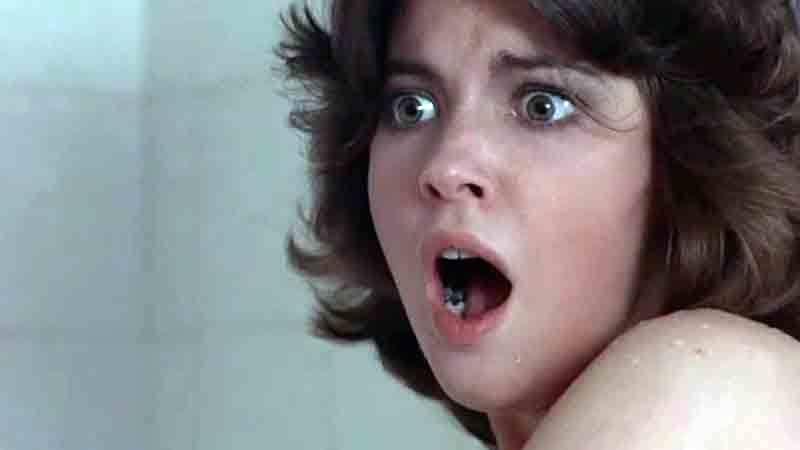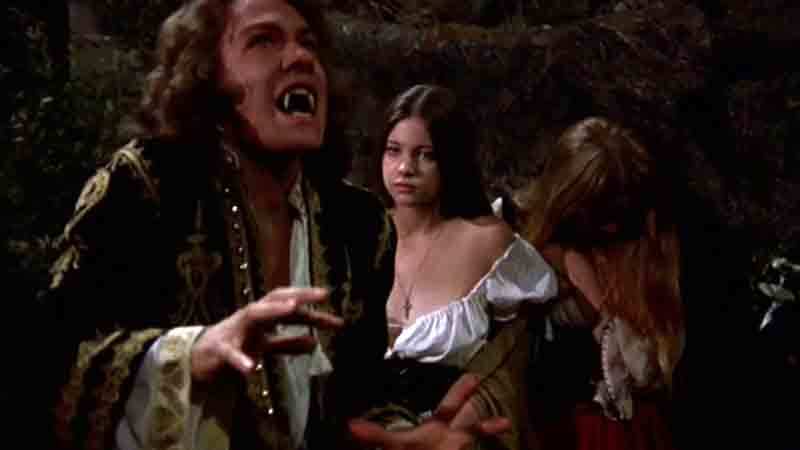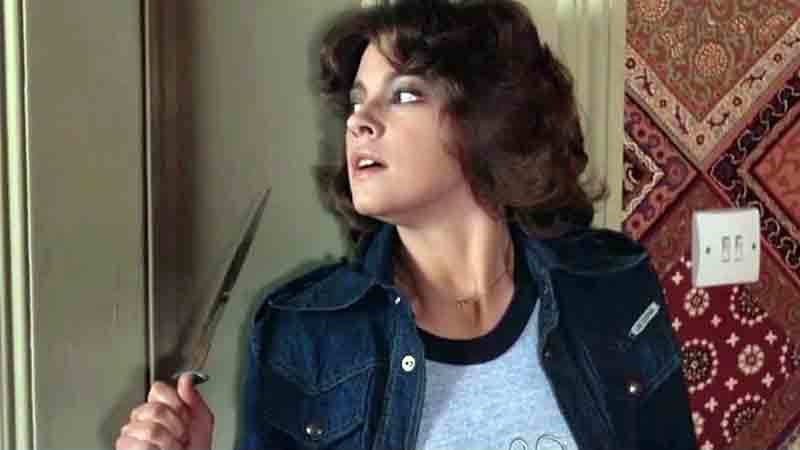Lynne Frederick, star of Vampire Circus and Schizo, would have been 65 years old today. Guest writer PERCY RODRIGEUZ pays tribute to the late actress.
Lynne Frederick (1954-1994) was a British actress, film producer, and fashion model.
In a career that spanned 10 years she achieved promising stardom, predominately in Great Britain and other parts of Europe, during the 1970s thanks to a diverse collection of roles in film and television.

From being the first receiver of the “Best New Coming Actress” accolade from the Evening Standard British Film Awards, to becoming a spokesperson for Protein 21 Shampoo, the world of Hollywood seemed to be her oyster.
But after her marriage to Peter Sellers and his controversial will that followed his death, Frederick was blacklisted by Hollywood and later tragically died in 1994 at the age of 39.
In the years after her death, her career has been re-evaluated by film scholar and cinema buffs, and with this has also come a whole new posthumous fan base and cult following for Frederick.
One of her biggest newfound fan bases comes from the horror film community, thanks to her roles in films such as Hammers “Vampire Circus” and Pete Walkers “Schizo”.
Vampire Circus (1972)
On the eve of what would have been her 65th birthday, we look back on the legacy of this beautiful English rose and the two horror films that have made her such a popular horror film icon.
“Vampire Circus” was referred to as “Hammer’s best film in a decade” by Rank, and since its initial release has gained a serious and substantial position amongst horror and Hammer films.
PopMatters called the film “one of the company’s last great classics”, and AllMovies considers it to be “one of the studio’s more stylish and intelligent projects”.
Set in the early 19th century, Lynne Frederick plays Laurence Payne’s daughter, Dora, who returns to her home Serbian village of Stetl.
The village itself is not only infested with the bubonic plague, but strange traveling circus performers who are a clan of vampires.
Frederick’s character does not appear until about halfway through the film, however, once she debuts on screen you can’t help but be spellbound by her angelic beauty.
She also shares some beautiful, sweet, and pure romantic chemistry with her co-star, John Moulder-Brown.

The nature of their relationship is implied to have romantic feelings, but it is rather tone down for the standards of a Hammer film (Frederick and Brown don’t even share a kiss).
Of all the scenes in the film, some of the most memorable ones involve Lynne Frederick.
The scene where the twin vampires, Heinrich and Helga, pull Frederick through a mirror attempting to kill her (only to be stopped by the Holy powers of the crucifix around her neck) is sequence that produces a tidal wave of suspense, which soon turns into relief.
That suspense is revisited a few minutes later when the vampire twins come after her again (this time Lynne is without the protection of her crucifix) and chase her through the towns church.
You find your skin crawling and your toes curling because you feel the trepidation of Frederick’s character.
Yet again, you get another crowd-pleasing moment when Frederick accidently kills the vampire twins by hurdling a large wooden cross through their hearts.
Schizo (1976)
“Schizo”, on the other hand, is a completely different film from “Vampire Circus”.
It’s more based in the real world, and it showcases Frederick a lot better than Hammer did.
Pete Walker was very lucky to have had such a beautiful and talented leading lady like Frederick to headline such a brilliant slasher masterpiece with a twist the plot.
The film itself is a great homage to one of the many trademarks/merits that Alfred Hitchcock had in his films, which was deceiving an audience.
In a 2012 interview, “My Sweet Schzio”, Walker stated “I wanna do a picture where you got a beautiful leading lady that the audience is rooting for all the time… and in the end she turns out to be the killer.”
Simple and brilliant in theory, but logically a difficult concept to execute.

In the film, Frederick plays a newlywed woman who is being stalked by a mysterious figure from her past.
We later find out that Frederick’s character killed her mother when she was a child and (by means of lying) managed to frame her mother’s boyfriend.
After being released from prison, he is out to settle the score and get her to confess the truth.
At the end of the film, it’s implied that she is potentially planning to kill her new husband on their honeymoon (as she sneaks a dagger into her suitcase) due to her suspicions that he was having an affair with her best friend (but the film ends before we can find out what she’s going to do).
Lynne Frederick carries the whole film and does a very good job of playing the damsel in distress.
For a while the audience is indeed rooting for her, but by the time the truth is uncovered, the audience’s opinion has turned.
But instead of feeling angry about being lied to, one is rather impressed with the plot twist. The audience may not like Frederick’s character anymore, but the complex and shocking nature of the plotline is just as satisfying.
It’s not so often that we get the tide of opinion turned on the centering character of a film, especially when it’s the beautiful leading lady whom we thought could do no wrong.
Although Lynne Frederick may have only made two horror films in her career, they were darn good ones.
Happy 65th Birthday Lynne Frederick. Rest in Peace.

